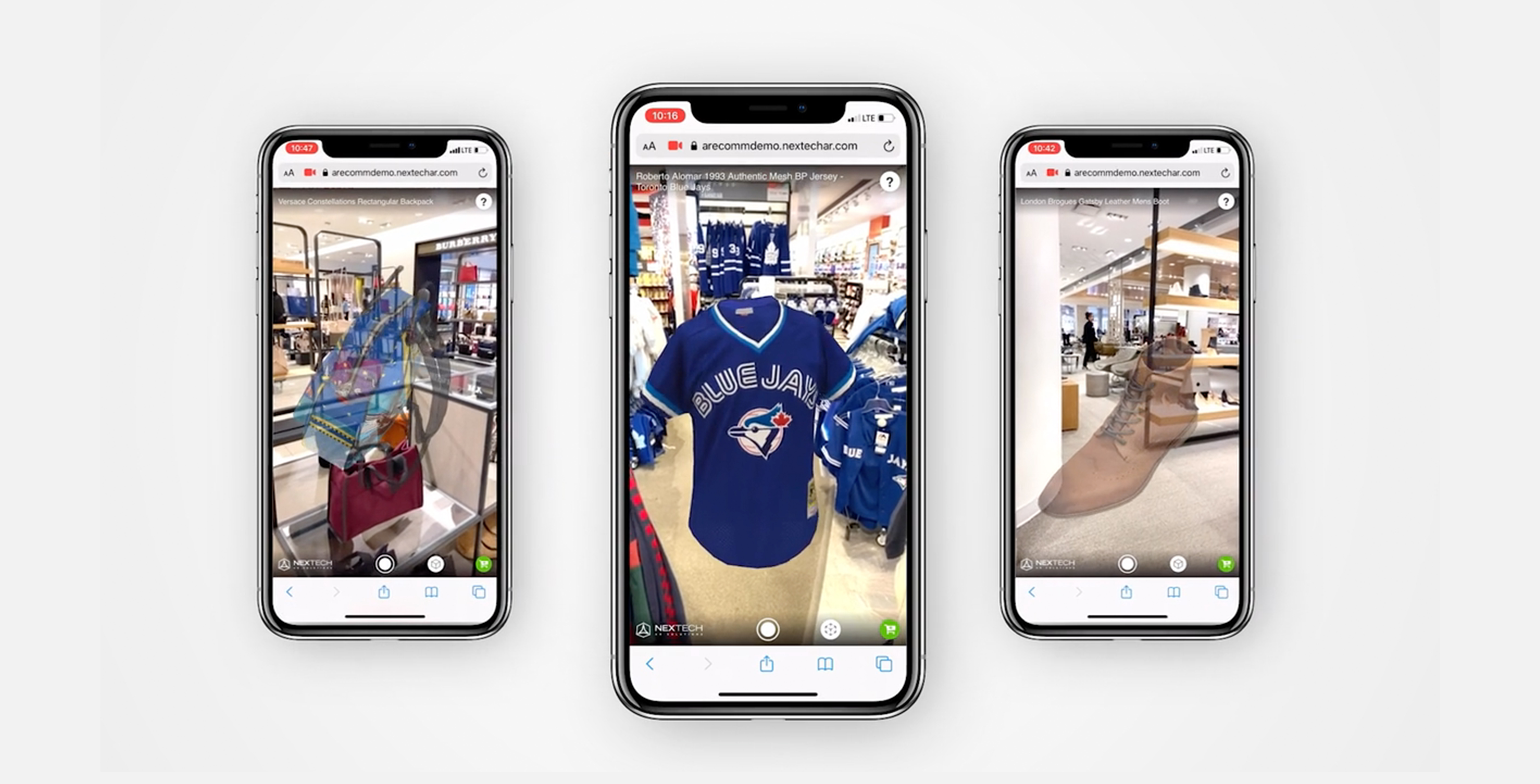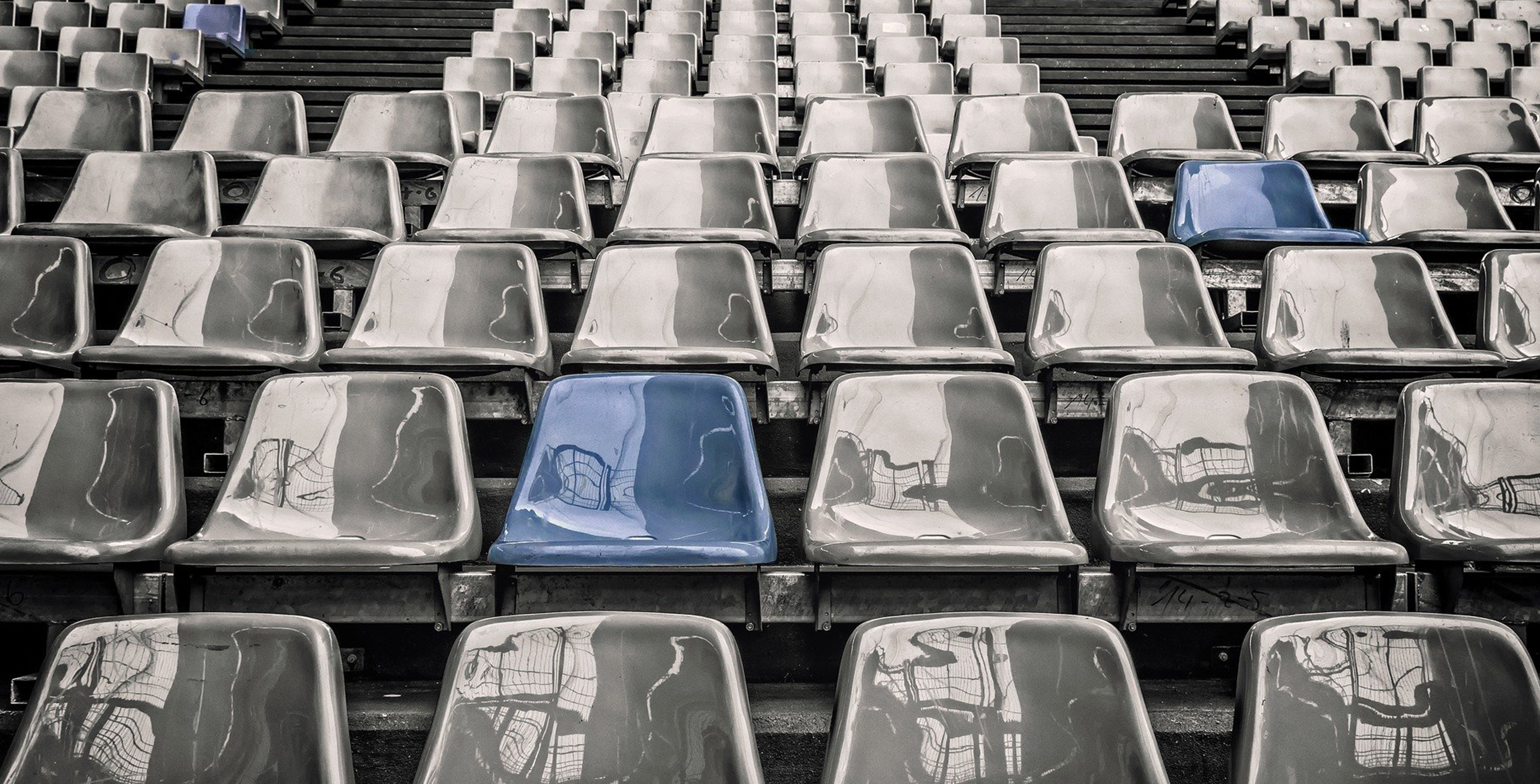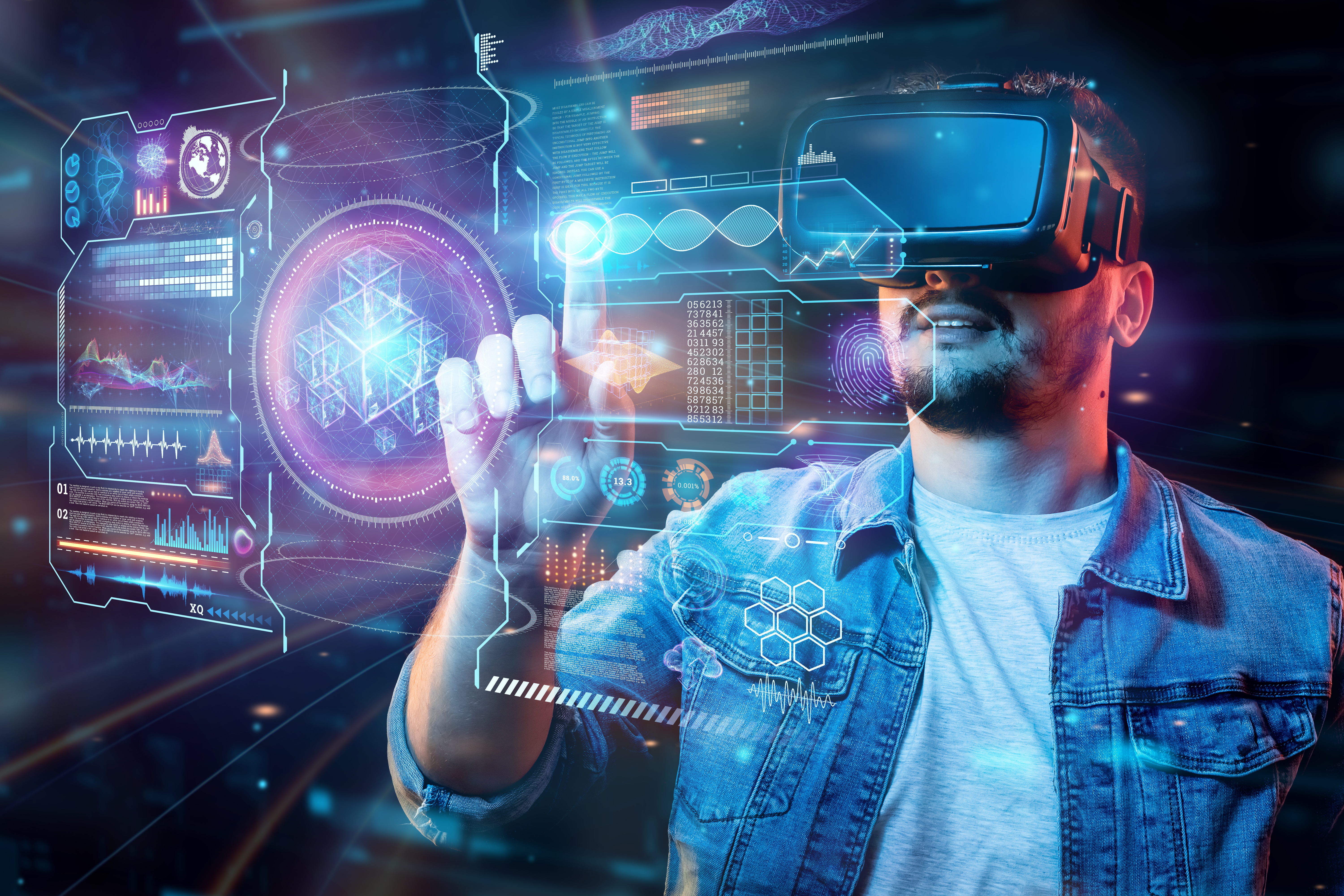We use many emerging technologies as part of marketing processes, but did you know that augmented reality was actually developed for advertising?
Since BMW released its Augmented Reality (AR) application for the promotion of the Mini in 2008, marketers have sought this tool because of its potential. Today, the technology is more accessible than ever, enabling marketers to increase engagement rates, generate a brand buzz, and improve conversions. People love picturing a better life for themselves, and AR is just the tech to do that. Anyone selling products online or through retail outlets can benefit from this simple fact, and the proof becomes more evident every day.
Let us take a closer look at the mechanics of how companies worldwide are leveraging AR to provide a better buying experience.
1. Integrate AR in Your Advertising
Augmented reality marketing works because people are overloaded with print and online advertisements. People tend to ignore or skip these other kinds of ads, but the novelty of AR still captures their attention.
Instead of displaying a static image or a video ad, you can use solutions like Nextech AR’s advertising platform to create 3D holographic advertisements to take your display campaigns and product pages to the next level. Finding new ways to integrate AR into your holistic advertising plan will keep your audience engaged and interested in what you have to offer.

2. Create Interactive Ads for Prospective Customers
The amount of traffic these AR advertisements draw is not impressive enough by itself. Customers and prospects are actually spending more time on your page. People love playing around with the product. Instead of making them look at on-screen ads that offer little interaction, AR ads encourage customers to engage with the ad, interact with the product displayed, and take further action.
With NexTechAR’s Aritize360, it is easy to create 3D AR models from flat product photos. When browsing the product page, customers can scan the QR code displayed on the ad unit from their phones to beam a 3D model of the product in their own space. Once the product model gets loaded, they can zoom in and out, rotate, and scale the model to get realistic visuals of the product.
3. Help Customers See Personalized Products
This interaction pays off in many ways. If a customer spends time modifying and trying out your designs, they become personally invested in the product and are more likely to buy it.
This is known as the playground effect and relates to the creative aspect of customer interaction.
The ability to personalize products such as make-up, clothing, and accessories, makes a customer spend more time on the product page and is eventually more likely to come up with a satisfactory look or style. When that happens, there's a higher chance of them making a purchase.
4. Design AR Filters for Brand Awareness
AR has made it to social media ads too. AR filters on Facebook, Snapchat, and other social media platforms are widely popular. Not only that, but people are getting accustomed to seeing AR in advertising, and the demand is surging. Making your own filters is a good idea if you wish to test the waters.
You can use AR filters on Facebook posts to showcase simple products such as sunglasses or lipsticks. This is basically an image superimposed on the viewers’ faces and works like other AR filters. In addition to being fun, they are highly shareable and a good way to spread brand awareness.
5. Let Customers "Sample" Products with AR
There are several augmented reality examples that you can use for marketing inspiration. One basic idea is using AR for trying out products. From make-up to clothing, everything sells better if you can give the customer the taste for it.
For example, customers interested in buying a pair of glasses would click on an AR ad's "Try It On" button from their phone to superimpose 3D glass models on their faces. They can choose from different frame brands, types, and colors. From there, customers can directly make their way to purchase their personalized selections. Apart from AR ads, you can even come up with your own AR app that customers can use to try out your products and buy them without leaving the app interface.
Gucci offered a similar ‘try on’ experience for its shoes in AR as one of many attempts by fashion and accessory companies to capture the public interest. The app looks sophisticated, but it is easy to create such experiences using the right set of online tools such as the ARtize 360.
6. Visualize How a Large Purchase Will Look
AR technology is not limited to small products. You can get renderings of entire living spaces in AR. IKEA, for example, lets you visualize the furniture placement using its mobile AR app.
It is more practical to get a quick rendering than to try out samples. A sample would still leave room for misjudgment as it depends on the individual's power of visualization. What looks good as a small piece may not do justice to the larger space. Developing AR marketing strategies that visualize the final product or set up for the customer goes a long way in persuading them to buy.
7. Offer AR Tours of a Venue
AR isn’t just limited to try-before-you-buy and 3D ads. Manchester City designed an entire tour of the stadium, giving the audience a feel of how the stadium would look like from their seats.
AR tours are also effective in the hospitality sector. Using an AR app, prospective customers can explore every corner of your resort or hotel, check out the room, and even confirm their booking from the comfort of their couch. A similar experience is possible for real estate marketing. Rather than physically visiting the property, buyers simply require opening the AR app on their phones or tablets and beam the entire 3D model of the house with all the details.
AR is a powerful tool for marketing anything from anywhere. It also matches with the target demographics for most products being marketed by e-commerce companies.
8. Create a Buzz with a Viral Game or App
AR is an effective tool to generate buzz about a brand, product, or promotion. People not only try the products out but share them with friends, creating a grassroots, word-of-mouth marketing campaign. Be it with apps, games, or another AR feature, people are more likely to come, explore, and ultimately purchase the offered product.
The sheer volume of downloads is an impressive metric. For example, the Pokemon Go AR game has been downloaded over a billion times. It is a trend, and everyone wants to try it out.
9. Offer a Unique Brand Experience
AR resonates with the tech-first generations of today. As it becomes increasingly common, more businesses have the ability to create a unique brand experience with AR.
Many major fashion brands, such as Adidas, Nike, and Zara, are experimenting with AR. While the above-mentioned benefits are still relevant, it also positions them as brands serving millennials and Gen Z by showing how proactive and trendy they are.
10. Enhance the Overall Buying Experience
The best part is that AR works every step of the way. It is not just a great tool to get customers, but also improve the shopping experience itself. By trying products out, customers are more likely to choose a product they love. It means fewer returns and satisfied customers.
Engage your audience like never before
Using AR gives companies an edge over their competitors. It creates a sense of movement that pushes both the company and its customers to engage in the marketing process actively, accelerating the buying cycle.
It is also a good time to try the technology out. AR will be used even more widely in the near future, but it takes time for companies to adapt to the mixed reality ecosystem. Making an early move to AR in advertising means being ahead of the trend and settling by the time others are struggling with the change.
The COVID-19 crisis is a good example of the scope of AR. Many businesses are emerging out of the pandemic as winners by using AR, while others are still recovering. The situation is urging the e-commerce industry to come up with such solutions. Reality is better when augmented.
Don't hesitate, reach out today! See how our advertising platform and our Augmented Reality Solutions can enhance your marketing efforts and grow your business.








